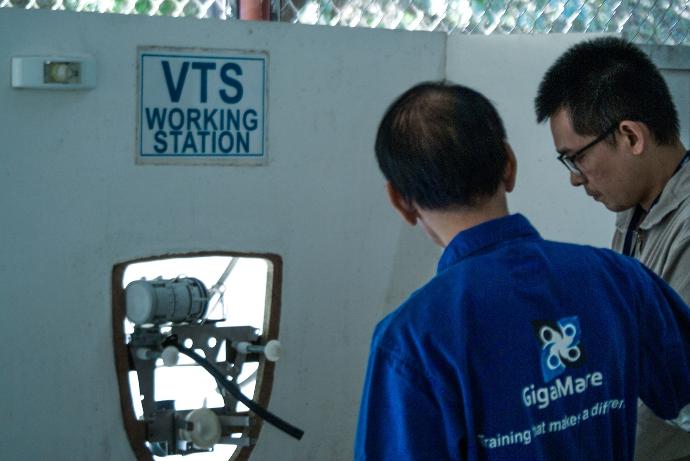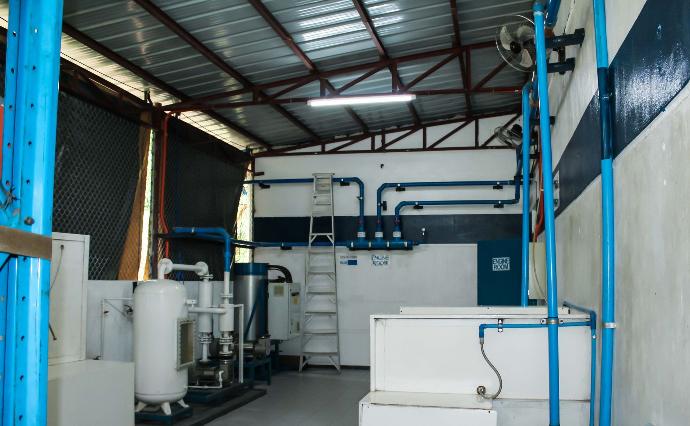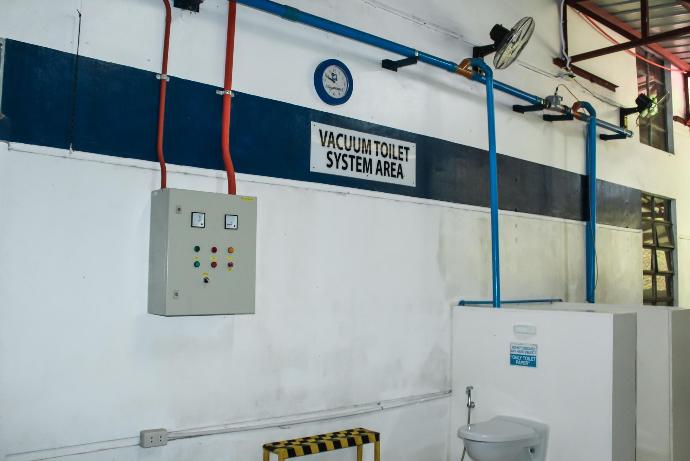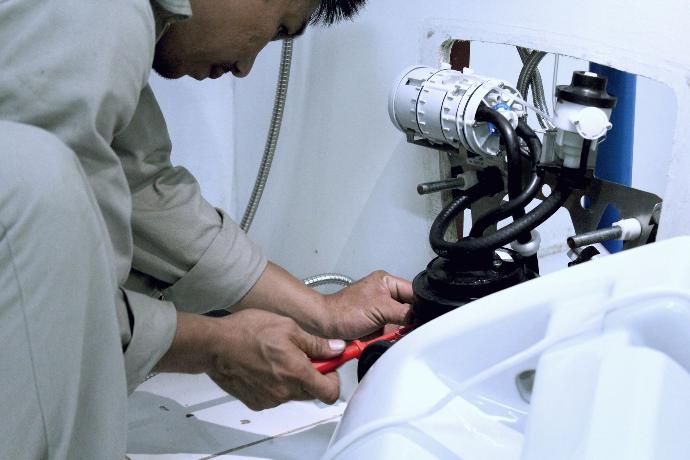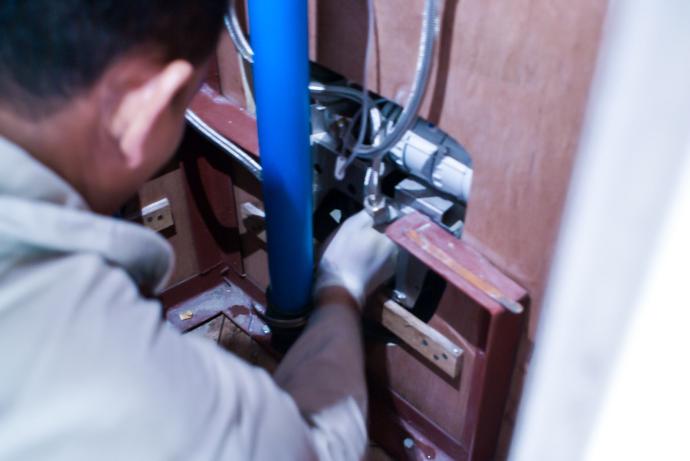Aboard a ship, the vacuum toilet system is used for human waste sanitation. It works by using flush toilets that use suction to remove waste from the bowl and deposit it in a holding tank. This system is used on all types of vessels, from small boats to large cruise ships. The main advantage of a vacuum toilet system is that it requires less water than other types of toilets; this is important because water is a precious resource onboard a ship. In addition, vacuum toilets are more efficient in terms of power and space.
Maritime legislation on water and waste
The maritime legislation on water and waste is particular and detailed. Vessels are required to have a sewage management plan. The legislation aims to protect the marine environment from pollution caused by ship waste.
The flag state must approve the sewage management plans and comply with MARPOL Annex IV (Regulations for the Prevention of Pollution by Sewage from Ships). In addition, the plans must include procedures for collecting, storing, treating, and discharging sewage, as well as provisions for emergency situations.
Vacuum toilets are the most effective type of toilet system for preventing pollution from ship waste. They are designed to collect sewage in a sealed tank, emptying it at a shore-based facility; this ensures no direct sewage discharge into the marine environment.
The vacuum toilet system on board vessels
The vacuum toilet system on board vessels is a sanitary, odor-free, and cost-effective way to manage waste. Vacuum toilets are typically found in the heads (bathrooms) of ships. They are also used in airplanes, RVs, and other types of vehicles. As mentioned earlier, the main advantage of vacuum toilets is that they do not require much water to operate; this makes them ideal for use in situations where water is scarce or unavailable. Vacuum toilets are also very efficient, using approximately 1 liter of water per flush.
Another advantage of vacuum toilets is that they generate little or no odor because the waste is deposited into a holding tank that is sealed tight. As a result, there is no chance for odors to escape and bother passengers or crew members.
A number of problems can occur with vacuum toilet systems on board ships. Some of the most common issues include:
- Clogged vacuum lines: This can happen if the wrong type of material is flushed down the toilet.
- Leaking seals: If the seals around the vacuum toilets are not maintained properly, they can start to leak, leading to foul odors and water damage.
- Failure of the pump: The pump is what creates the vacuum in the system. If it fails, the system will not work correctly.
- Blockages in the piping: Blockages can occur for many reasons, including flushing non-biodegradable materials, such as cigarette butts or sanitary pads.
Blended training approach for the vacuum toilet system
Nowadays, even though most vacuum toilets are made to be mechanically simple and reliable, a skills enhancement opportunity for the vacuum toilet system can be very beneficial for those crew members who are specifically in charge of maintaining this kind of system.
Classroom instruction can provide the learners with the basic knowledge of how the system works and what its main components are. Hands-on experience will allow students to see firsthand how the system operates and how to troubleshoot common problems. Access to eLearning materials extends a convenient learning environment for the participants. By combining these types of training, the crew will be better prepared to understand and maintain the vacuum toilet system on board ships.
Curious where to start?
Check out GigaMare's Vacuum toilet system training. Participants of the VTS Course will be trained to operate, maintain, and troubleshoot the Vacuum Toilet System and its related equipment; through a simulated environment and equipment you can find on board (cruise) ships. This course is intended or mechanics, repairmen, plumbers, and machinist. Customized module with additional content on troubleshoot and maintenance of vacuum pumps for the VTS Course may be adopted per customer’s requirements.
Talk to our team : sales@gigamare.com
Watch
Here's an overview of our training and facility.
Free Access
Visit our gigamare.academy. Log in as a guest and get a glimpse of our eLearning for the VTS course (a sample interactive 3D assessment included).
